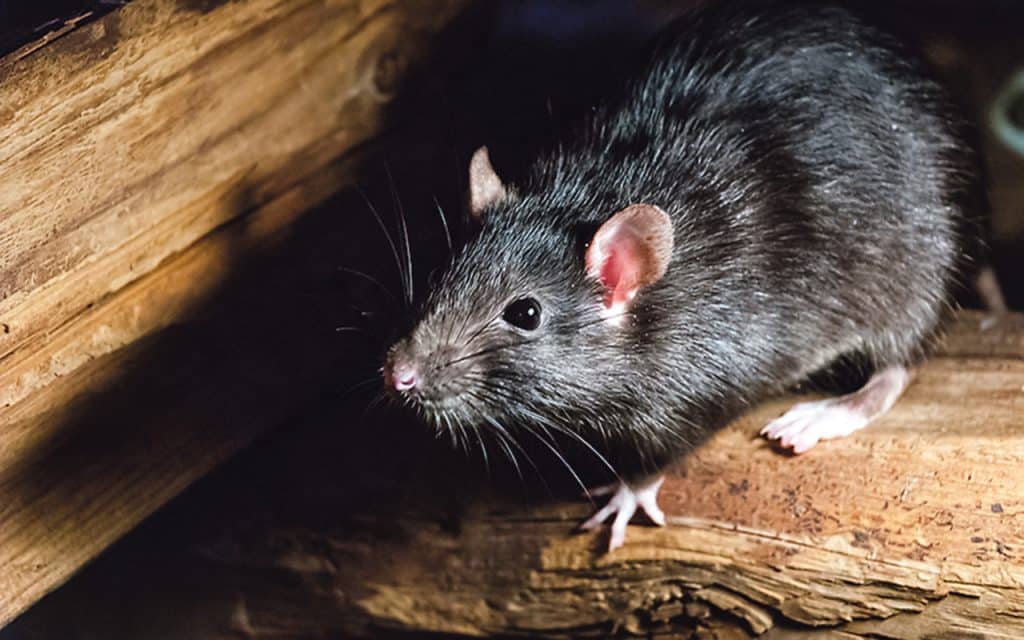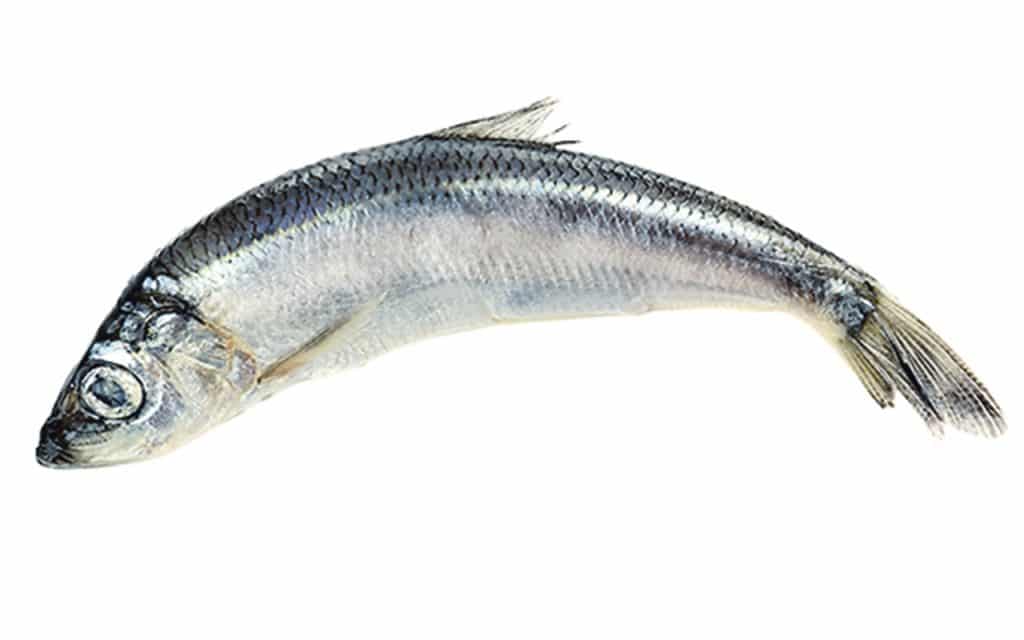
There are alien animals living wild all over the world – hippopotamuses in Colombia, camels in Australia, stoats in New Zealand, Burmese pythons in Florida. There are parakeets in England, slow worms in the Burren and wallabies in the Irish Sea. And now we have hornets in Cork.
There are many reasons for these invasive species, but the worst invader of all, Man, is nearly always responsible.
We have been moving animals around the world for hundreds of years. Once the Portuguese set off on their voyages of discovery in the 15th century, their ships became cruise liners for rats and assorted invertebrate travellers. The brown rat, native to China, is now found on every continent except Antarctica. The black rat, originally from south-east Asia, was spread throughout Europe by the Romans. It reached Australia with the first convict ships in the late 1780s. Even earlier, the Polynesians in their travels through the South Pacific, brought with them the Polynesian rat.
There are hundreds of invasive species of animal in Ireland. The Normans introduced rabbits to the British Isles as a source of food. Many other mammals have made themselves at home here since then, such as the sika deer, the bank vole and the white-toothed shrew. The American mink was farmed in Europe for its fur, but many escaped to the wild, competing with European mink and terrorising small mammals and water birds.
American grey squirrels were brought to Britain in the 1870s by gentry who wanted something exotic in their parks. Grey squirrels have now entirely displaced the smaller native red squirrel from most of England, though in Ireland they are possibly kept under some control by pine martens. Over a hundred red-necked wallabies, natives of eastern Australia, live on Lambay Island, off the coast of north County Dublin, guests of the island’s owner, Lord Revelstoke. Even more wallabies live on the Isle of Man, having escaped from a wildlife park in the 1960s.
In other parts of the world, invasive species cause much bigger problems. The Colombian hippos, over 200 now, descended from four that were living in a private collection belonging to the drug baron Pablo Escobar. When he was killed by the police in 1993, his menagerie, which also included elephants, giraffes and ostriches, was taken over by the government. But the hippos escaped, reproduced prolifically and are now altering river ecosystems.
Many invasive species descended from pets that escaped or were set free by really stupid people. When I lived in Saudi Arabia, I was given a pair of budgerigars by a fellow teacher who didn’t know what they were. Going home one summer, I gave them to another teacher to look after; she let them out of her window. They probably didn’t survive, but that is how the rose-ringed parakeets became established in Europe; natives of Africa and India, these small parrots are now found from Turkey to Spain, with the largest population in London.
Terrapins, especially red-eared sliders, are often released into rivers and lakes by irresponsible owners who get bored with them. Pet snakes escape and slither into places they shouldn’t be, which is why there are now thousands of giant pythons in the Everglades. Someone introduced the slow worm, a legless lizard, into the Burren. And cats, escaped from ships, abandoned on islands or just wanderers from home, are one of the very worst invasive species, slaughtering an enormous number of birds and small mammals.
Other mammals such as goats and pigs were left by whalers and pirates on various islands around the world, as a sort of living larder should they return, always to the detriment of the islands’ flora and fauna. The dodo, a giant flightless pigeon from Mauritius, was first seen by sailors in 1598; by 1662, it was extinct. Hunting and deforestation reduced its numbers, but it was predation of eggs and chicks by invasive pigs and rats that finished it off. Our relatives, the lemurs, found only in Madagascar, are threatened by habitat loss, but also by invasive dogs, cats and rats.
The native wildlife of Australia and New Zealand has suffered badly, because their specialised fauna – marsupials in Australia, unique birds in New Zealand, just didn’t know what to do when faced with strange predators. Rabbits arrived in Australia with the early European settlers, multiplied astronomically, and competed with marsupials for food. Only the horrible virus, myxoma, brought their numbers under control in the 1950s. One-humped camels were imported from British India in the 19th century to be used as pack animals by early explorers; now hundreds of them roam around the Australian outback, and, like the rabbits, have become serious pests. Then came foxes, introduced for sport, and the feral cats, so today 10 per cent of Australia’s 273 native mammals are extinct, and 21 per cent are threatened.
When humans first arrived in New Zealand, there were about 130 species of land, freshwater and coastal birds, 93 endemic. Many were flightless and nested on the ground, so were easy prey for mammalian immigrants. At least 60 of them are now extinct.
Man has tried to undo the damage, with the eradication of rats on many islands. He also introduced other animals to kill off pests, only to make things worse. Stoats were brought to New Zealand to eat the invasive rabbits, but they added to the devastation caused by cats and rats. The cane toad, a noxious amphibian from South America, was let loose in Australia in 1935 to devour beetles that were infesting sugar cane plantations, but it was eaten by marsupials, who didn’t know the toads were poisonous.
These examples are just the big animals that most people have heard of; there are thousands of invasive invertebrates. Some, such as the Chinese mitten crab, zebra mussels and the warty comb jelly travel in the ballast tanks of ships. Australian and New Zealand flatworms, who eat our garden earthworms, stow-away in imported plants. The false widow spider, whose bite can cause very unpleasant symptoms, came to Ireland in 1997 in a box of bananas from the Canary Islands. Which brings us to the hornets.
In 2004, some Asian hornet queens, hibernating in a consignment of pottery from China, arrived in France. The man in charge of checking such things obviously didn’t do his job, and now they are established across much of Europe. They reached Ireland this summer and, as I write this, two nests have been found, with 24 verified sightings, mostly in the Cork area, one in Dublin.
Hornets belong to the family Vespidae, the true wasps. Along with the sawflies, ants, bees, and a great many other kinds of wasp, they are part of the order Hymenoptera, one of the largest insect orders, with 150,000 described species. The familiar true wasps in Ireland, all in the genus Vespula (and only distinguishable by examination of the markings on the head), are social insects, living in paper nests they make out of wood scrapings and saliva.
There are 22 species of hornet. The European hornet, Vespa crabro, is found occasionally in the south of England and sometimes over here, but it is Vespa velutina, the smaller Asian, or yellow-legged hornet, from south-east Asia that is now in the news. It is an attractive insect, with an orange face, black thorax, brown and yellow abdomen and yellow legs. They can give a powerful sting – several people have died in France from stings by this species – but like most animals, if left alone, they won’t hurt you.
Unfortunately, Asian hornets eat honey bees. They grab bees travelling in and out of their hives, cut off the heads and wings and take the bodies back to their nest to feed their young. In its native habitat, this hornet feeds on the eastern honeybee, but that species knows how to defend itself – they have learned to increase speed when a hornet is hovering near a hive, and they have an interesting strategy for dealing with problem hornets. A number of guard bees form a ball around the hornet, and by vibrating their wings together, produce so much heat, the hornet dies. It probably took millions of years for them to perfect such behaviour. Unfortunately, our honey bees don’t have that much time.
Biological control is one option – a native parasitic fly called Conos vesicularis has been shown in France to attack the Asian hornet. In Korea, people eat the hornets’ larvae, but I don’t suppose that will catch on here.
Whatever you do, don’t start swatting yellow and black insects indiscriminately; you might kill hoverflies, which are harmless and important pollinators, or common wasps, which although annoying, are really important in keeping down the pests in your garden. If you think you have found an Asian hornet, take a photograph and send it to the National Biodiversity Centre:



